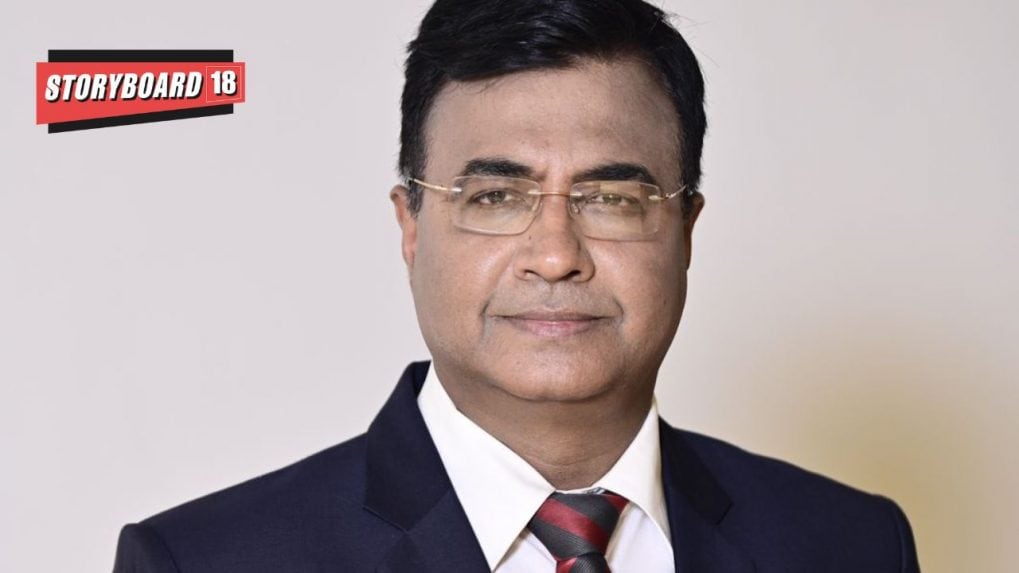Advertising
From Pink Slips to Silent Sidelining: Inside adland’s layoff and anxiety crisis

The traditional media metrics of reach and impressions are no longer enough in an era defined by fleeting focus and endless scrolling. As India’s Gen Z population - over 380 million strong - shapes the future of consumer behavior, legacy brands are rewriting their playbooks for the attention economy. At the heart of this shift is a fundamental challenge: how do you win attention in the first three seconds?
That question was at the core of a recent roundtable hosted by Storyboard18's editor Delshad Irani, featuring media industry leaders including: Amin Lakhani, President - Client Solutions, WPP Media South Asia; Pulkit Trivedi, MD Snap Inc India; Mike Follett CEO and founder of attention analytics firm Lumen; and Partho Banerjee, Senior Executive Officer, Marketing and Sales, Maruti Suzuki India. Their conclusion: attention is no longer a passive byproduct of advertising. It’s the most valuable currency in marketing.
From mass to micro: Maruti’s layered strategy
Maruti Suzuki, one of the country's largest carmakers, has long been a master of mass appeal. But in today’s fragmented media landscape, one-size-fits-all advertising no longer cuts it, especially when targeting Gen Z.
“With a brand like us, we need to reach a wide audience while also connecting with specific groups like Gen Z and millennials,” said Banerjee. “We use a layered marketing approach - mass media like TV and sponsorships to build broad awareness and trust, and digital channels, data and analytics to create highly personalized content for different customer segments.”
Maruti’s shift includes deeper investments in influencer marketing and low-placed content that speaks directly to the experiences Gen Z craves. The brand’s recent campaigns, from Grand Vitara to “experience-first” narratives, are designed to resonate in both meaning and format.
The Gen Z conundrum
“You can't assume that just because you've bought an impression, you've made an impression,” warned Mike Follett, founder and CEO of Lumen. His firm’s study, which analyzed attention data from over 3,000 Indian users, revealed that 70% of viewable impressions are never actually seen. Gen Z, in particular, displays a unique “superpower”: the ability to tune out advertising almost instantly.
Banerjee agrees. First two-three seconds are very crucial. If brands are not able to capture (attention) within those seconds, it’s "very difficult". For Maruti, this has meant reshaping its storytelling approach - placing emphasis on tight, relatable narratives and experience-led storytelling.
“You need to give them something new, something credible and something experiential,” he added. Even at home, Banerjee finds himself observing how his Gen Z children consume content, often favoring the new and novel over the traditional and expected.
Creative agencies, beware
Banerjee did not mince words about the implications of the attention economy for creative partners. This study, he said, puts creative agencies under pressure. If within the first three seconds your creative doesn’t cut through, you’ll have a problem.
He criticized the outdated practice of repurposing the same creative across platforms. Unfortunately, he said, many creative agencies still try to make one size fit all. That is 'a big problem'. "We need to understand different platforms, how media is consumed there, and how to convey the message in a way that’s relatable.”
For Gen Z, relatability is currency. And creative that doesn’t speak their language, or doesn’t earn their attention, is instantly skipped.
From posters to playlists: A new creative philosophy
Ironically, the solution may not be shorter ads, but sharper storytelling. Lumen’s Follett suggested marketers should take cues from the oldest ad format - posters, when crafting modern digital content. “We should stop thinking of cutting down TV ads and start thinking about building up from posters.”
The point is echoed by Lakhani of WPP, who emphasized that even in a world of short-form content, long-form isn’t dead, so long as the story is strong. “Even a two-hour podcast can hold attention if the narrative is compelling.”
A media marketplace ripe for reinvention
Snap India’s Pulkit Trivedi, whose platform sees 90% of users under age 30, believes that multi-format, immersive advertising will define the next frontier. “AR, ephemeral messaging and visual engagement are not gimmicks - they’re how Gen Z builds real connections,” he said.
Trivedi added that advertisers must shift from over-indexing on impressions to investing in platforms that can truly deliver engagement. “Attention is a real human response. And when done right, a 5% improvement in attention can double your brand outcomes.”
What success looks like
For Maruti, winning in the attention economy means resisting lazy shortcuts and leaning into insights. Banerjee is optimistic: The difference between urban and Tier II or Tier III India is rapidly diffusing. In the next 2-3 years, media habits will converge. But only brands that understand platform behavior and make content relatable will win.
The biggest takeaway? Attention isn’t owed - it’s earned. And in a future where Gen Z is both the most skeptical and the most influential consumer group, brands like Maruti are learning to listen before they speak, to seduce before they sell and to personalize before they push.
Because when every scroll, swipe and skip matters, attention is more than just a metric. It is everything.
From purpose-driven work and narrative-rich brand films to AI-enabled ideas and creator-led collaborations, the awards reflect the full spectrum of modern creativity.
Read MoreLooking ahead to the close of 2025 and into 2026, Sorrell sees technology platforms as the clear winners. He described them as “nation states in their own right”, with market capitalisations that exceed the GDPs of many countries.